Last Updated on August 2, 2021
PLOT: Authorities in 1953 Manila have to deal with an unusual problem, as a woman arrested on prostitution charges may be suffering from demonic possession.
REVIEW: THE EXORCISM OF CLARITA (also known as simply CLARITA) draws inspiration from true events that took place in Manila in 1953, when the Philippines was still working on recovering from the horrors of World War II. It was a high profile case of alleged possession in which a woman in police custody, a woman named Clarita, was believed to be under siege by demonic forces. She seemed to be receiving bites from an invisible attacker, and the mayor of Manila got pulled into the situation when he witnessed bite marks appearing on Clarita's body. It's an interesting story that received press coverage around the world at the time, and got more attention when evangelist Lester Sumrall took credit for exorcising the evil from Clarita. Sumrall even produced a short film dramatization of the events. Sixty-six years down the line, director Roderick Cabrido and screenwriter Cenon Palomares have crafted a feature film out of the story of Clarita… but even though their movie tells of something that took place in '53, there are things in THE EXORCISM OF CLARITA that are only in there because of a very popular exorcism horror movie that was released in '73.
We all have our own rankings of the various sub-genres of horror, and for me exorcism movies rank very low. Beyond THE EXORCIST, I get little out of movies about priests standing around a possessed person, reading scripture and splashing holy water on them. But while watching THE EXORCISM OF CLARITA, I began to realize that my view of this type of movie is somewhat hypocritical. Why roll my eyes when Clarita performs the EXORCIST crab walk or does the back bend from THE LAST EXORCISM, believing those movies have ownership of those things, when I would probably just smile if a slasher I was watching paid clear homage to FRIDAY THE 13TH or THE TEXAS CHAINSAW MASSACRE? Each sub-genre has its clichés that get trotted out ad nauseam, so I can't take points away from one for playing into its sub-genre's "greatest hits" when I would appreciate the same sort of thing in another sub-genre. With that epiphany in mind, I got more enjoyment out of watching THE EXORCISM OF CLARITA than I might have otherwise.
It also helped my enjoyment that there aren't a ton of scenes in which priests stand around the possessed in here. There are a few, but when that's not happening (and in some scenes where that is happening) Cabrido and Palomares were showing interest in digging into their characters. There are three main people involved in the titular exorcism, aside from Clarita herself, and I found each one was worth the time that was dedicated to them. This exorcism proves to be a life-changing event for these characters. There's Father Salvador (Ricky Davao), the experienced exorcist who has been doing this sort of thing for decades, to the point where he is kind of overconfident. There's the young priest, Father Benedicto (Arron Villaflor), a man of science despite being a man of the cloth, who doesn't believe in demonic possession when we first meet him – even though there's a possibility that his own mother might have been possessed. Villaflor delivers a great emotional performance in the scene where he tells Salvador about his past. And finally there's journalist Emilia Henson (Alyssa Muhlach), haunted by the memory something she witnessed during the war, who is determined to cover the Clarita story because she's undervalued as a newspaper's only female reporter. I liked all three of these characters, and the actors did fine work bringing them to life.
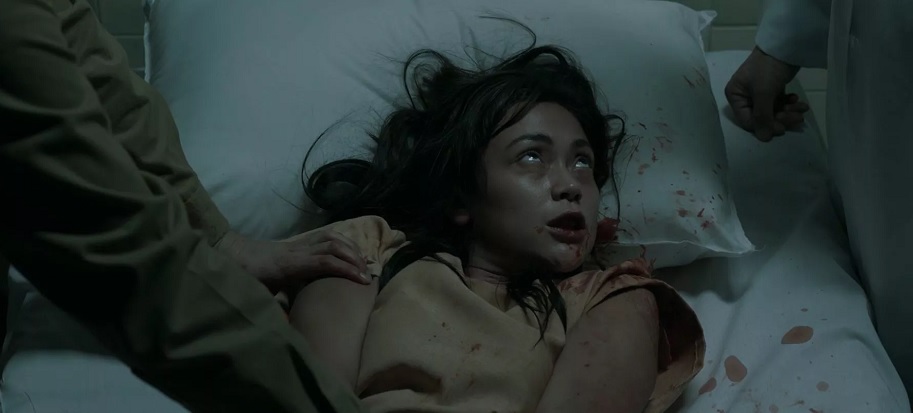
Of course, the exorcists and the reporter would have little to do if it weren't for Clarita, and actress Jodi Sta. Maria puts her all into convincing the viewer that there's something supernaturally wrong with Clarita. Sometimes Clarita is withdrawn, sometimes she's frightened, sometimes she's a bloody maniac, and Maria plays each stage very well. As with the other characters, the film digs deeper into the character of Clarita, she isn't just a possessed girl in a jail cell. Benedicto and Emilia are able to learn information about her past, and her back story plays out on screen through flashbacks that show us how she became the target of evil forces.
Despite all this, I'd have to say my favorite character in the movie was one of the least noble people around, Doctor Teresa (played by Che Ramos). Teresa isn't around for a long time, but I found her demeanor entertaining as she frequently lapsed in and out of English in the midst of sentences and openly admitted that Clarita was only a means to an end for her, a way to gain recognition so she could move on to something bigger.
In addition to appreciating CLARITA for having interesting characters, I also appreciated that it moves through its 86 minutes at a rather breakneck pace. The first 20 minutes are particularly impressive, as it's basically a series of crazy, creepy, and/or violent things happening one after another, with a little talking in between.
I went into THE EXORCISM OF CLARITA somewhat hesitant to sit through another movie about priests standing around a possessed person, but as it turns out the film gave me more than I was expecting. When it did bring out the clichés, I was able to just go along with it. I would prefer if the back bend and crab walk weren't in there, but the movie that happens around those moments was interesting enough to make up for it.
THE EXORCISM OF CLARITA received a brief, limited theatrical release earlier this year and will be reaching VOD and Digital this fall.


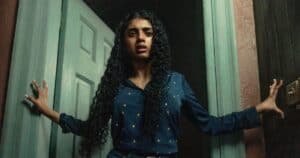
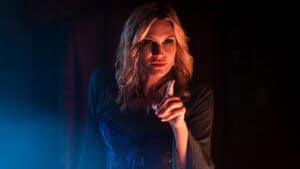

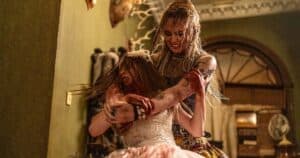

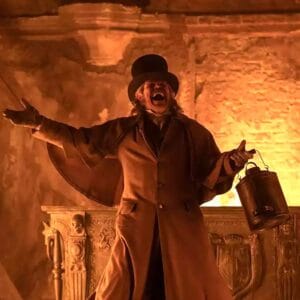


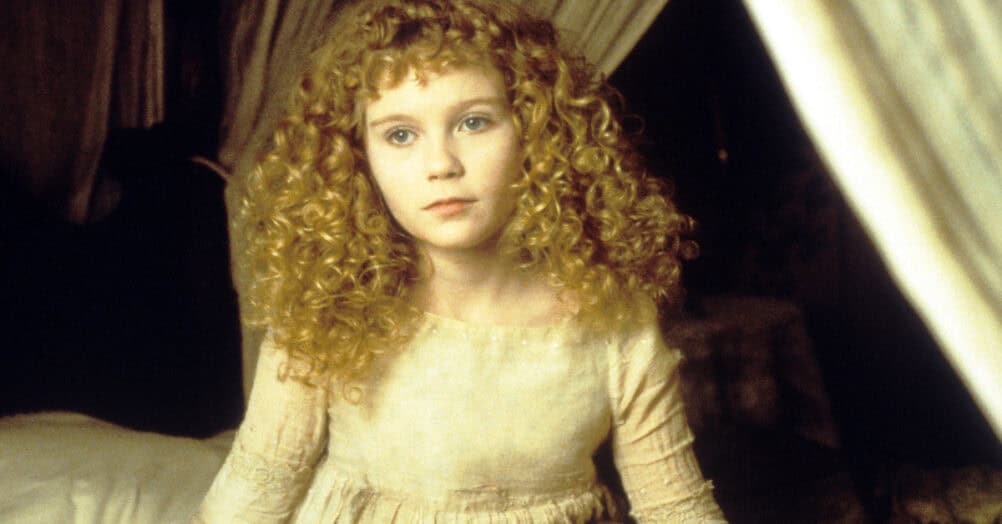
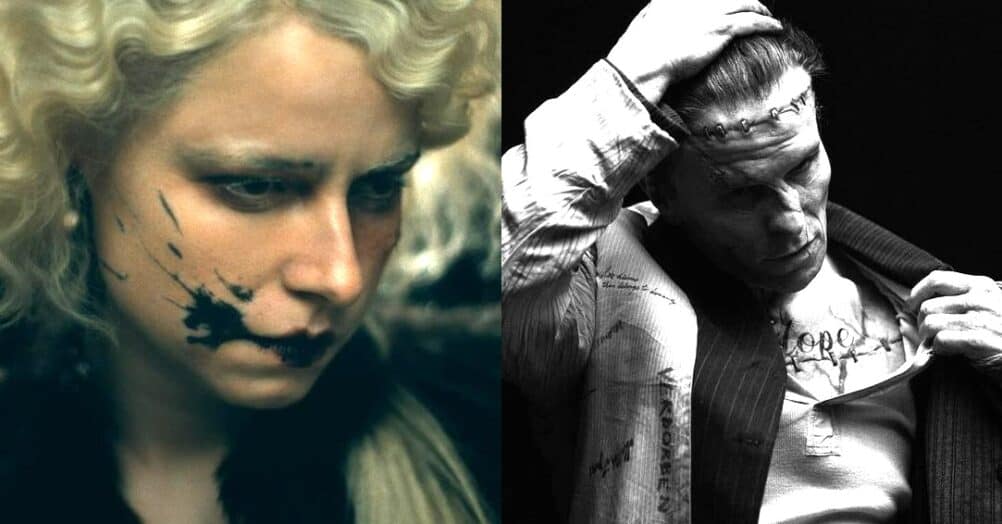
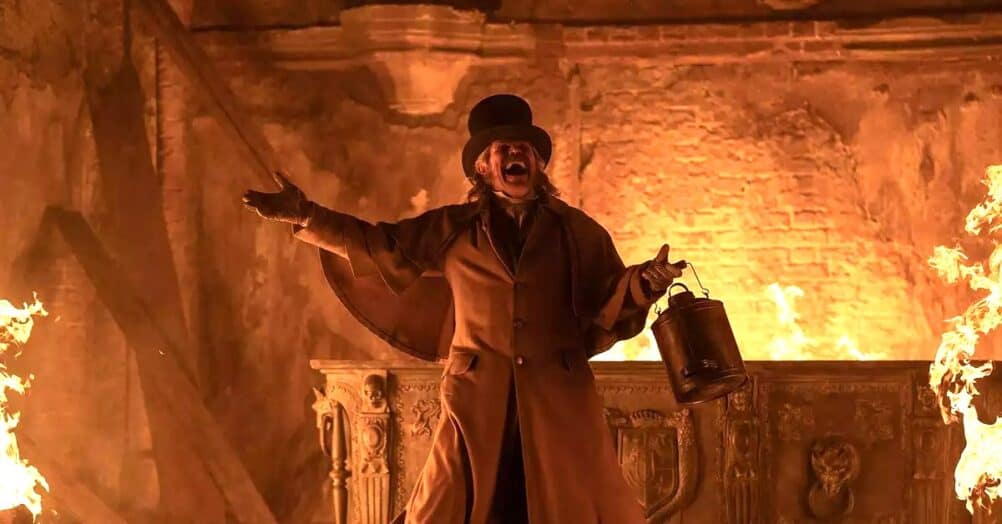
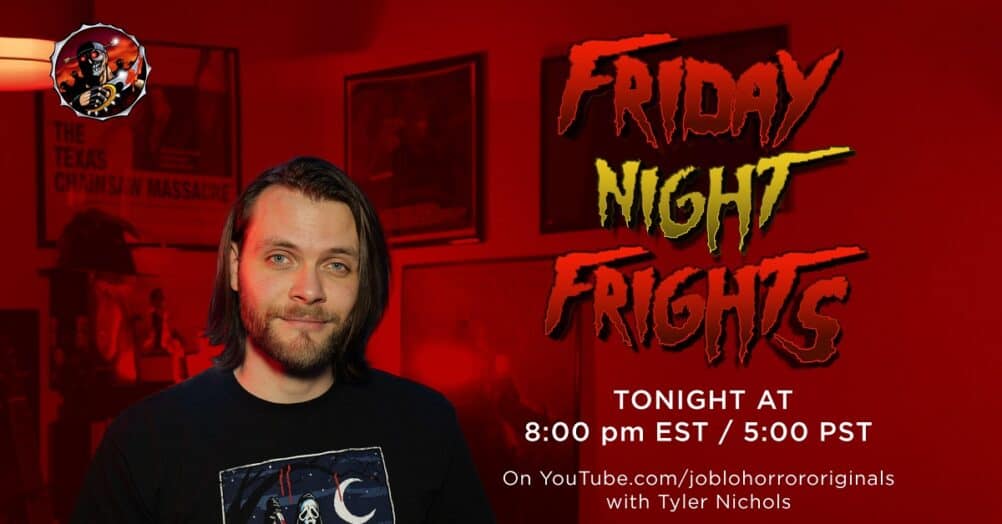
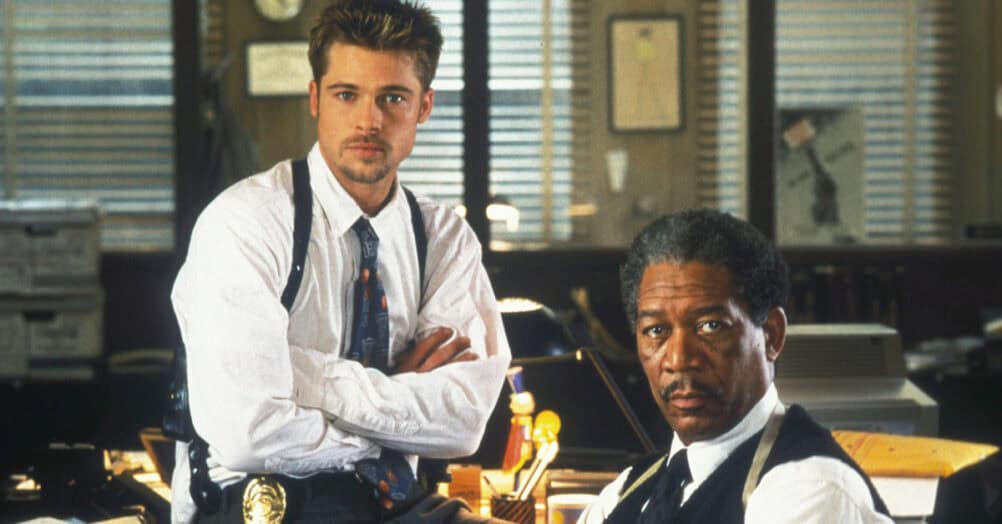


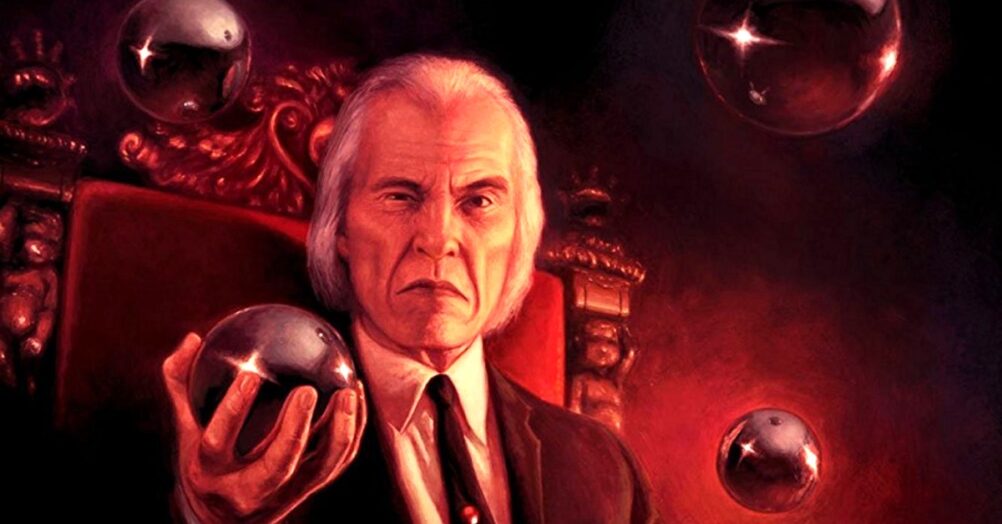

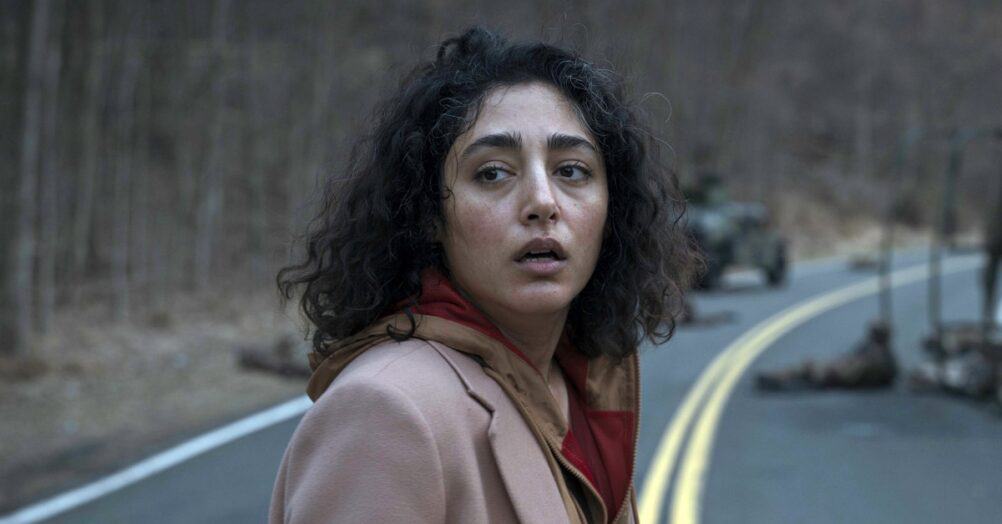
Follow the JOBLO MOVIE NETWORK
Follow us on YOUTUBE
Follow ARROW IN THE HEAD
Follow AITH on YOUTUBE